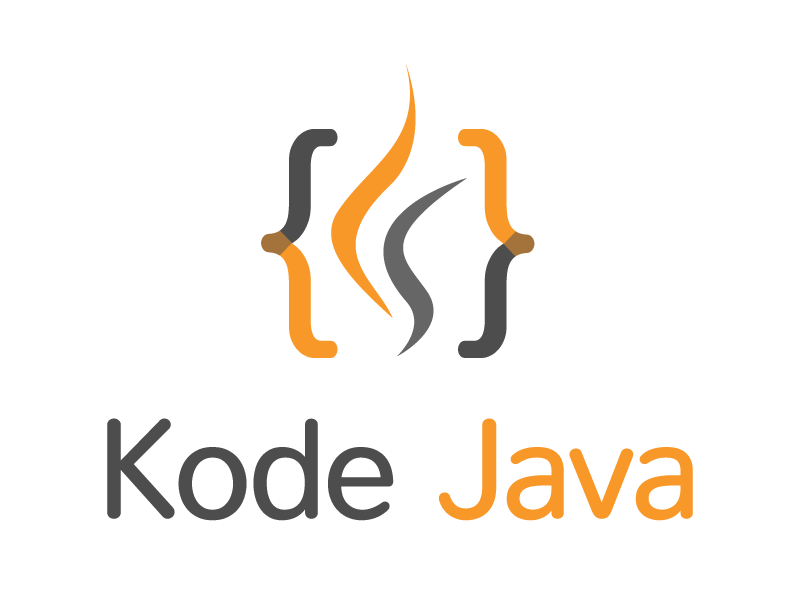When you need to compile a project for a specific Java version you can configure maven compiler plugin to set the source and the target version. The following pom.xml file configuration show you how to do it.
<project>
<build>
<plugins>
<plugin>
<groupId>org.apache.maven.plugins</groupId>
<artifactId>maven-compiler-plugin</artifactId>
<version>3.2</version>
<configuration>
<source>1.7</source>
<target>1.7</target>
</configuration>
</plugin>
</plugins>
</build>
</project>
Invalid value for the source and the target version in our project will make our project compilation process failed. For example when we try to use the diamond operator (<>) which available in Java 7, while the maven compiler plugin is set to version 1.5, can produce compiler error like this:
[ERROR] Failed to execute goal org.apache.maven.plugins:maven-compiler-plugin:3.1:compile (default-compile) on project servlet-example: Compilation failure
[ERROR] /Users/wsaryada/Studio/kodejava.org/webapp-example/servlet-example/src/main/java/org/kodejava/example/servlet/SessionCounter.java:[10,51] diamond operator is not supported in -source 1.5
[ERROR] (use -source 7 or higher to enable diamond operator)
